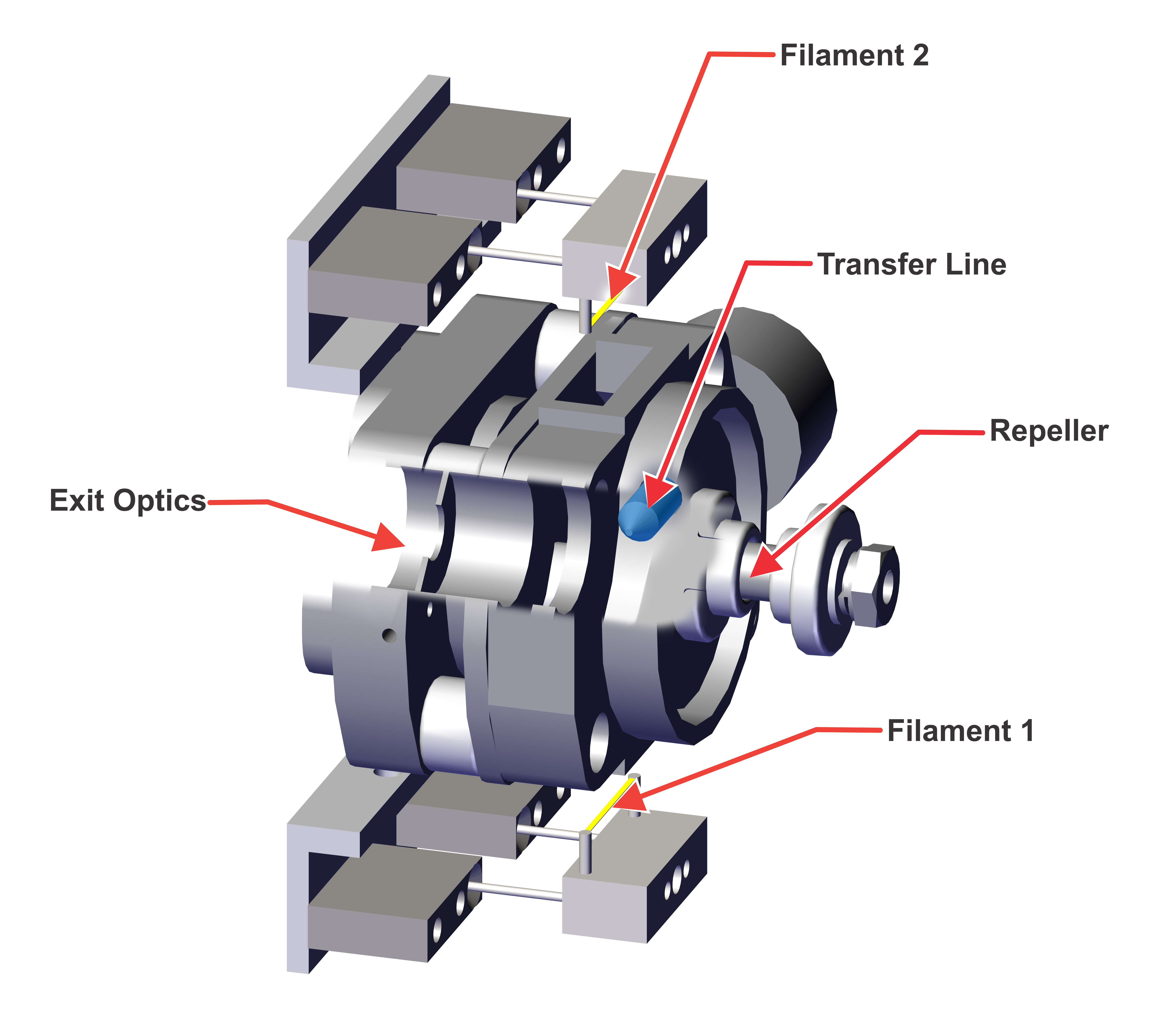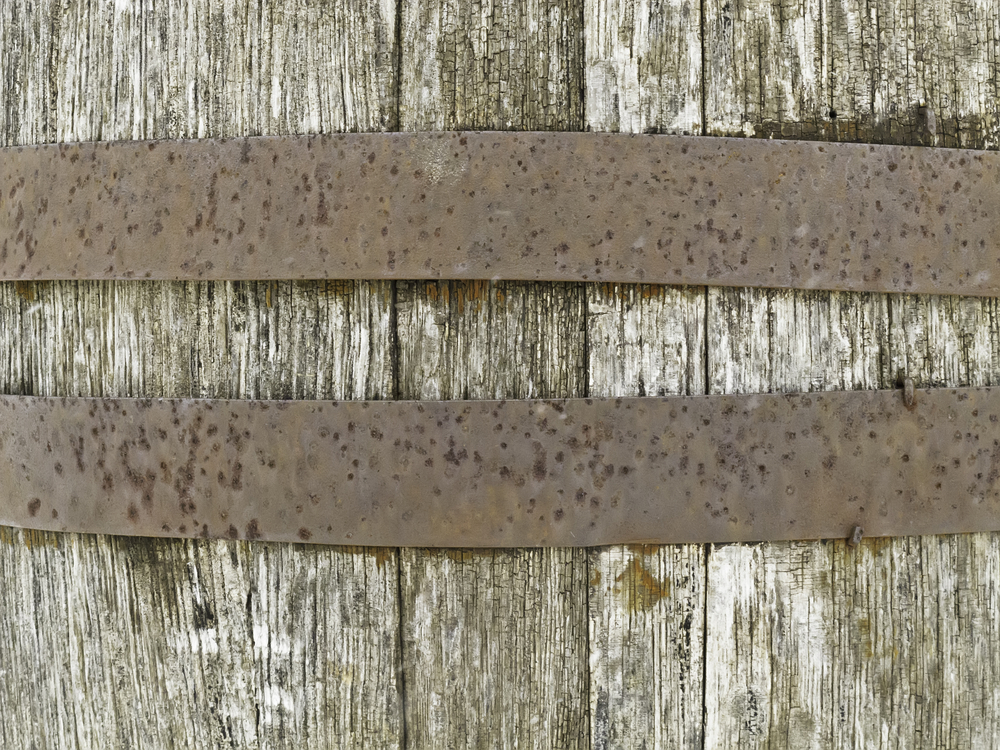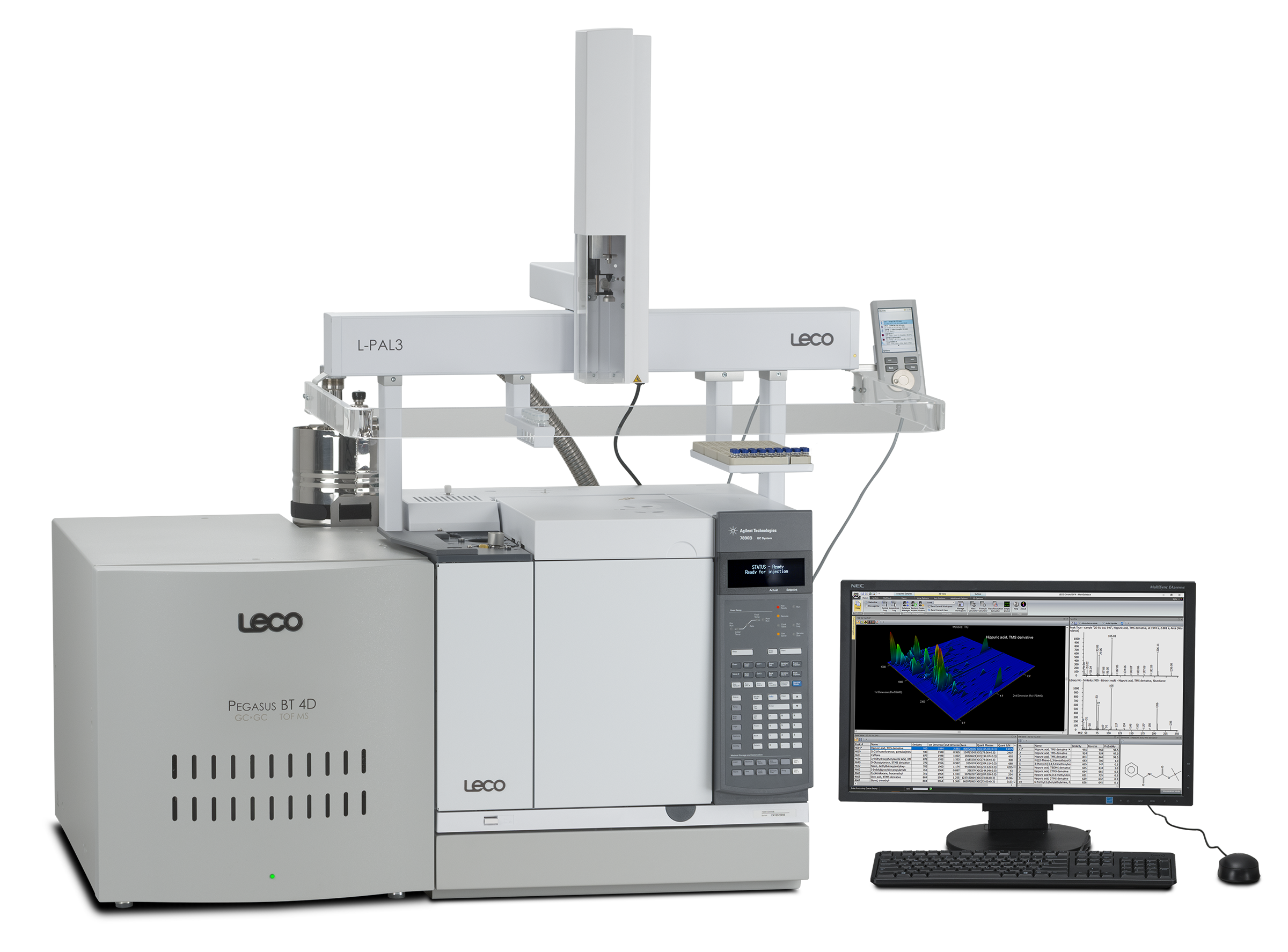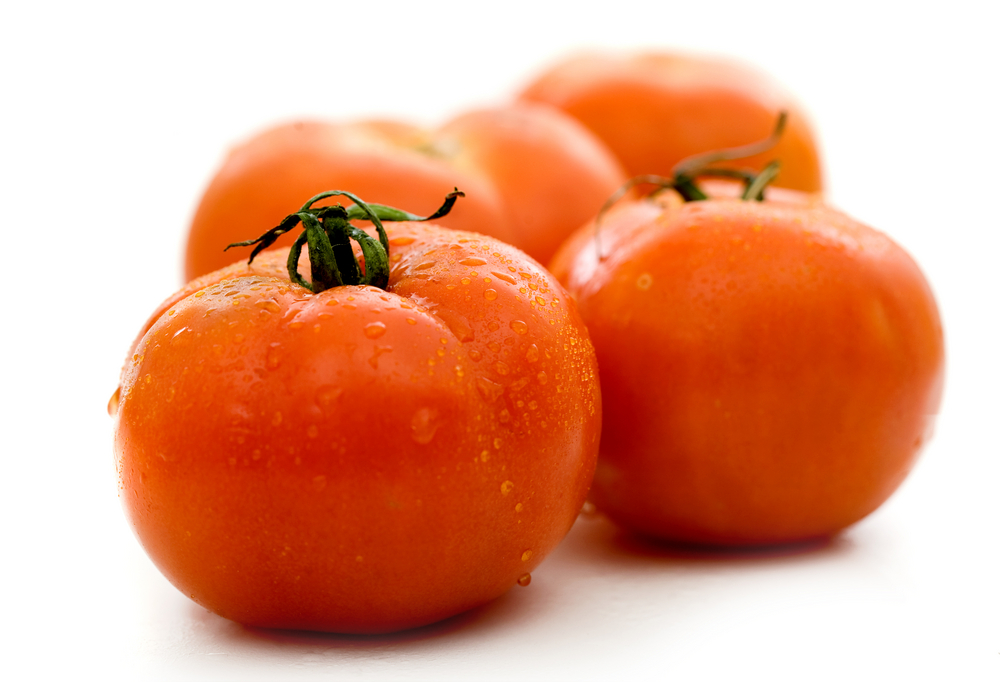The pressure to save money is everywhere these days. The changes due to COVID-19 have only exacerbated the age-old question your own lab has probably asked: how can we cut costs? One hidden expense in a GC-MS lab setting is the cost of cleaning your instrument's ion source.
LECO Africa pegasus-bt-4d posts (Page 1 of 5)
Topics: Separation Science Mass Spectrometry, Separation Science, Pegasus BT 4D, Pegasus BT, Mass Spectrometry, GC-MS, StayClean, GCxGC
Charred oak barrels that were once used to age bourbon have found new life as they get repurposed for a variety of foods and beverages to add a new flavor profile to familiar delicacies. But how much can an old bourbon-soaked barrel change the chemical makeup? LECO used ChromaTOF® Tile to differentiate regular and barrel-aged maple syrups and quantify the difference.
Topics: Separation Science Mass Spectrometry, Separation Science, Pegasus BT 4D, Mass Spectrometry, GCxGC, ChromaTOF Tile
Food contamination by mineral oil hydrocarbons (MOH), which is usually separated into the subclasses of MOSH (Mineral Oil Saturated Hydrocarbons) and MOAH (Mineral Oil Aromatic Hydrocarbons), is a growing concern across the EU and the world. In 2012, the European Food Safety Authority flagged them as a potential health concern, and the increasing research since then has only been expanding our understanding of these hydrocarbons. However, the two main analytical methods suggested to quantify these substances, either an off-line method consisting of a solid phase extraction (SPE) followed by a GC-FID analysis or an on-line, LC-GC-FID method, both can result in inaccuracies and leads to challenges in the end results. Some of these inaccuracies are due to the lack of a strong and robust confirmatory method. However, a GCxGC-TOFMS system, like LECO's Pegasus® BT 4D can help unveil the complexity of contaminated food samples. It has also been suggested by the EFSA to be used as a confirmatory tool in case of uncertain results from other standard methods.
Topics: ChromaTOF, Separation Science Mass Spectrometry, Separation Science, Pegasus BT 4D, Mass Spectrometry
LECO has released a revolutionary new data analysis software for GCxGC data: ChromaTOF Tile. This software provides an industry-first data comparison tool that identifies statistically significant differences between classes of samples, reducing days-to- weeks of work down to hours, or even minutes. Based on Dr. Robert Synovec’s tile-based Fisher ratio analysis, ChromaTOF Tile partitions the data into a set of regions (tiles) and compares regionalized data. This allows it to disregard normal variances of alignment shifts to focus on where the actual differences are, so users can stop looking at their data and start actually using it.
Topics: ChromaTOF, Separation Science Mass Spectrometry, Separation Science, Pegasus BT 4D, Mass Spectrometry, Pegasus GC-HRT 4D, Pegasus 4D, GCxGC
Tomatoes are the second-most important vegetable crop in the world (arguments over whether or not it should be called a fruit or a vegetable aside!), and thus it is critically important that tomato yields are kept high. Pesticides are the easiest way to control populations that might destroy crops, but we must make sure that the resulting tomatoes are not contaminated. With GCxGC-TOFMS, recognizing and identifying pesticide residue in tomatoes is easier than ever.
Topics: Separation Science Mass Spectrometry, Separation Science, Pegasus BT 4D, Mass Spectrometry, GCxGC






